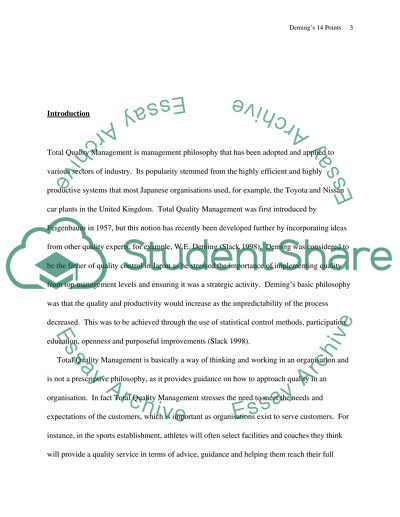Cite this document
(“Deming's 14 points of Management Essay Example | Topics and Well Written Essays - 2250 words”, n.d.)
Retrieved de https://studentshare.org/miscellaneous/1526237-demings-14-points-of-management
Retrieved de https://studentshare.org/miscellaneous/1526237-demings-14-points-of-management
(Deming'S 14 Points of Management Essay Example | Topics and Well Written Essays - 2250 Words)
https://studentshare.org/miscellaneous/1526237-demings-14-points-of-management.
https://studentshare.org/miscellaneous/1526237-demings-14-points-of-management.
“Deming'S 14 Points of Management Essay Example | Topics and Well Written Essays - 2250 Words”, n.d. https://studentshare.org/miscellaneous/1526237-demings-14-points-of-management.


